Table of Contents
Before we begin: You may have seen "jalapino" spelled this way online, but the correct spelling is jalapeño (with a "ñ"). This common misspelling likely comes from English speakers mishearing the Spanish "ñ" sound ("ny"). Throughout this guide, we'll use the correct "jalapeño" spelling to help you find reliable information and communicate accurately about this popular chili pepper.
What Is a Jalapeño?
The jalapeño is one of the most beloved and widely used chili peppers in the world. Native to Mexico, this vibrant green pepper has made its way into kitchens across the globe, from spicy salsas to fiery tacos. But what exactly makes the jalapeño so special? Let's dive in!
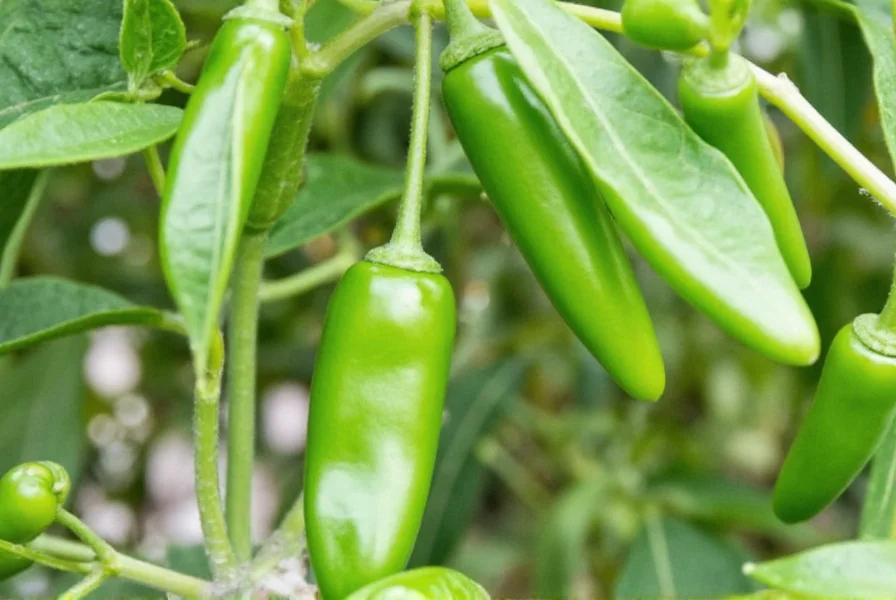
While it may not be the hottest pepper around, the jalapeño delivers a nice balance of heat and flavor. Its mild to medium heat level makes it a great introduction to spicier foods for beginners, while its tangy and slightly sweet taste adds depth to many dishes. Understanding how to select, prepare, and cook with jalapeños can transform your culinary creations.
Understanding the Spice Level of Jalapeños
If you're new to jalapeños, it's important to understand their heat level. On the Scoville scale, jalapeños range from 2,500 to 8,000 SHU (Scoville Heat Units). That means they're definitely spicy, but not nearly as intense as habaneros or ghost peppers.
Here's a quick comparison to give you an idea:
| Pepper | Heat Range (SHU) |
|---|---|
| Jalapeño | 2,500 - 8,000 |
| Poblano | 1,000 - 2,000 |
| Serrano | 5,000 - 15,000 |
| Habanero | 100,000 - 350,000 |
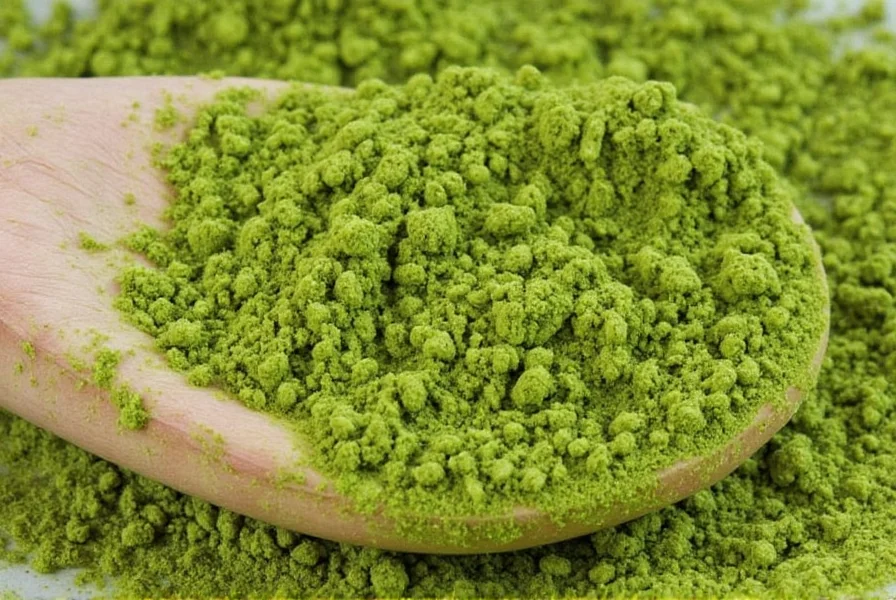
This chart shows how the jalapeño fits into the bigger picture of spicy peppers. While it might not be the most powerful, it's still a force to be reckoned with. The heat can vary significantly between individual peppers, so always taste a small piece first when cooking.
Essential Cooking Tips for Jalapeño Enthusiasts
Whether you're making a classic salsa, adding some kick to your guacamole, or even trying to make a jalapeño popper, here are some professional tips to help you get the most out of this versatile pepper.
- Use gloves when handling jalapeños – The capsaicin oils on the skin can cause severe irritation, so always wear disposable gloves when cutting or chopping them, especially if you have sensitive skin.
- Remove the seeds and membranes carefully – If you want to reduce the heat, remove the white pith and seeds inside the pepper where most of the capsaicin is concentrated. Use a small spoon for precision.
- Roast them for extra flavor complexity – Roasting over an open flame or under the broiler brings out the natural sweetness and adds a smoky depth to the flavor that raw jalapeños can't match.
- Add them at the right cooking stage – For cooked dishes, add jalapeños early if you want milder heat that blends throughout, or near the end for more pronounced spicy notes.
- Balance heat with complementary ingredients – Dairy products like cheese, sour cream, or yogurt can neutralize capsaicin and create a more enjoyable eating experience without losing flavor.
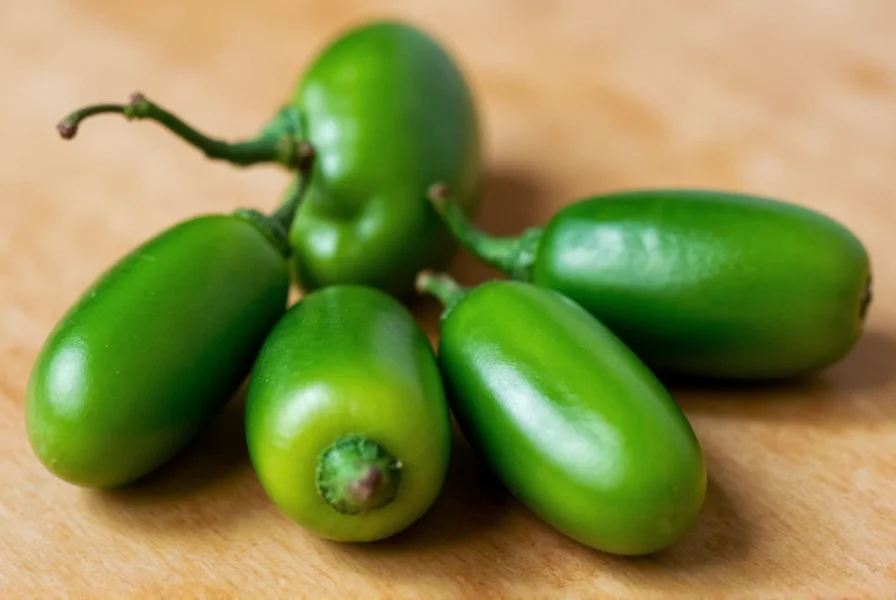
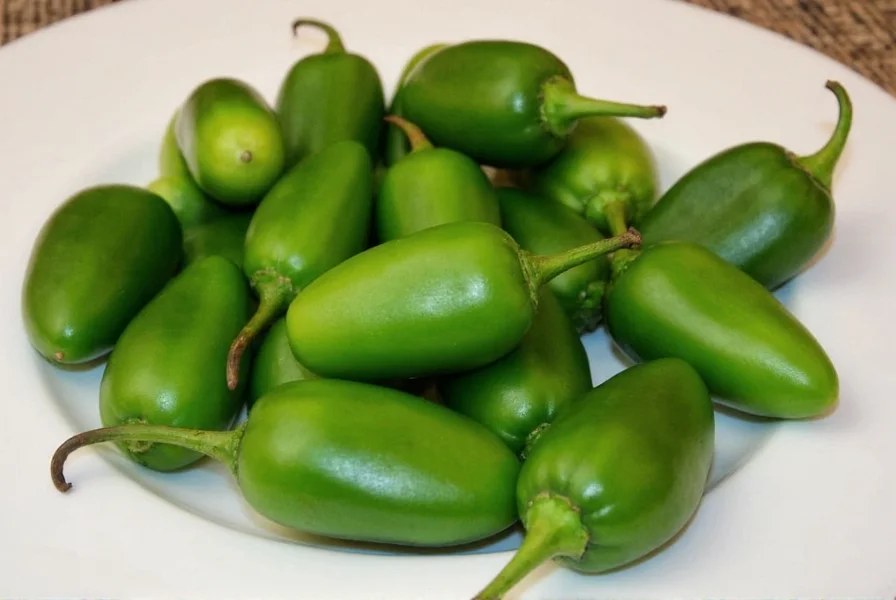
One fun fact about jalapeños is that they can be used in both sweet and savory dishes. Try adding a diced jalapeño to your apple pie or using it in a spicy fruit salsa. The natural sugars balance beautifully with the heat, creating complex flavor profiles that impress even non-spicy food lovers.
The Ultimate Buying Guide for Jalapeños
When it comes to buying jalapeños, there are several options available depending on your needs and preferences. Here's a breakdown of the best choices to help you select the perfect peppers for your culinary needs:
1. Fresh Jalapeños
Fresh jalapeños are the most common and versatile option. They should be firm, bright green (or red if fully mature), shiny, and free of wrinkles or blemishes. Look for peppers that feel heavy for their size, as this indicates they're full of moisture and freshness.
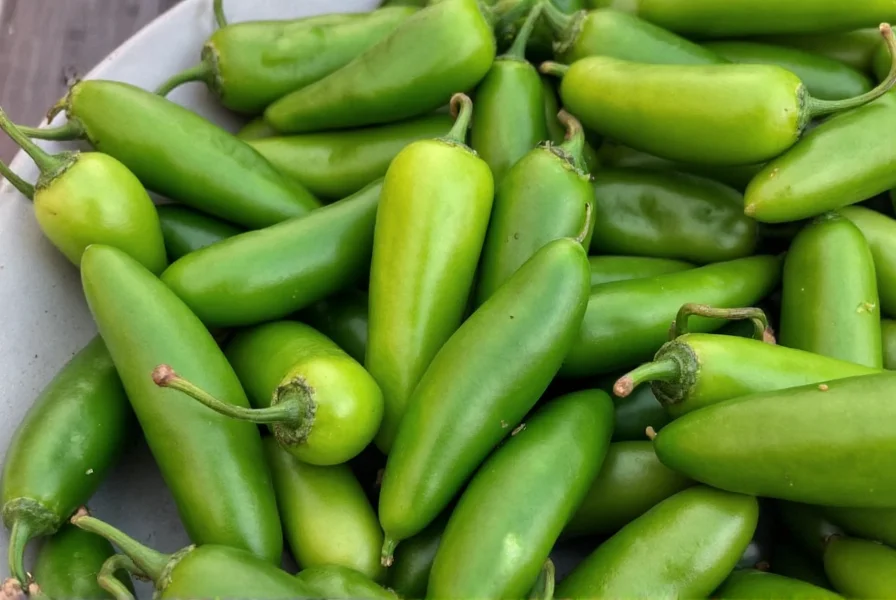
Features: Natural flavor profile, adjustable heat level by seed removal, easy to store short-term.
Best For: Cooking at home, making fresh salsas, or adding to recipes that require vibrant pepper flavor.
Shopping Tip: Select a mix of smooth and slightly wrinkled peppers - the wrinkled ones often have more concentrated flavor.
2. Pickled Jalapeños
Pickled jalapeños are a popular choice for those who love a tangy, zesty kick. These are often used in sandwiches, salads, or as a topping for burgers and tacos. They maintain their heat while adding vinegar notes.
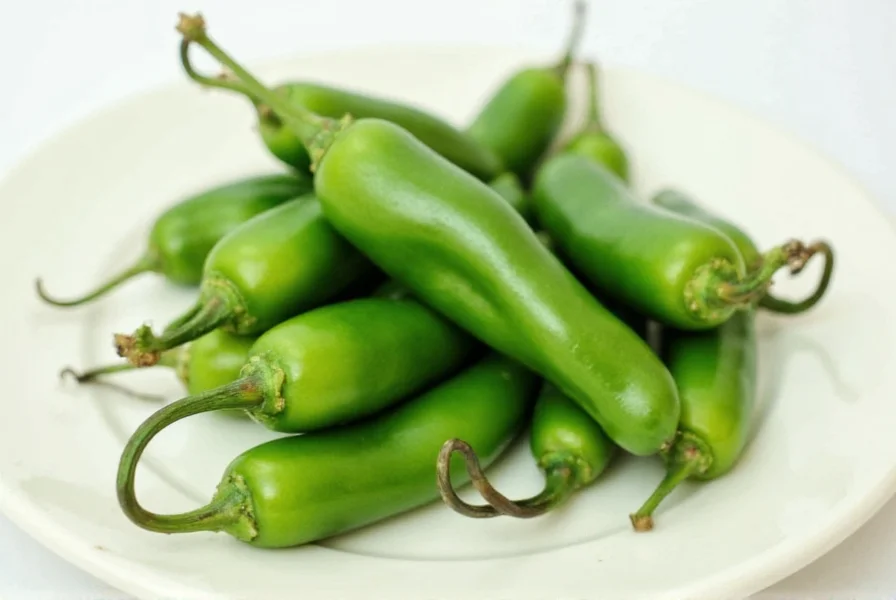
Features: Shelf-stable for months, tangy flavor profile, ready to use straight from the jar.
Best For: Snacking, condiments, or adding a burst of flavor to any dish without preparation.
Pro Tip: Save the pickling liquid to add tangy heat to dressings, marinades, or cocktails.
3. Dried Jalapeños (Chipotles when smoked)
Dried jalapeños transform into a completely different ingredient with deeper, smokier flavors. When smoked, they become chipotles, prized for their complex taste in Mexican cuisine.
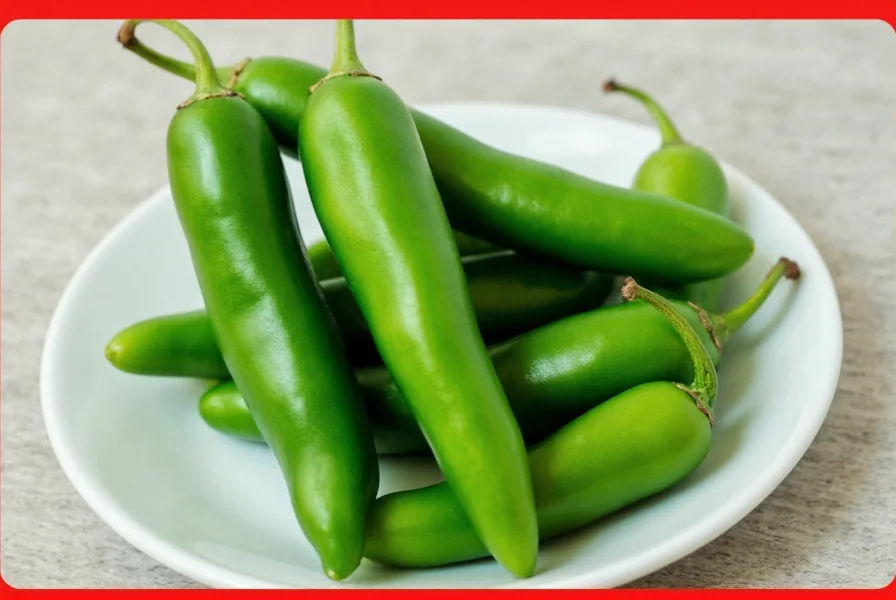
Features: Intensified heat and flavor, extremely long shelf life, versatile for grinding or rehydrating.
Best For: Making homemade chili powders, adding depth to stews, or creating authentic Mexican sauces.
Usage Tip: Rehydrate dried jalapeños in hot water for 20 minutes before use in sauces or stews for best texture.
4. Frozen Jalapeños
Frozen jalapeños are a convenient option if you don't want to deal with the hassle of storing fresh ones. They work well in soups, stews, or blended sauces where texture isn't critical.
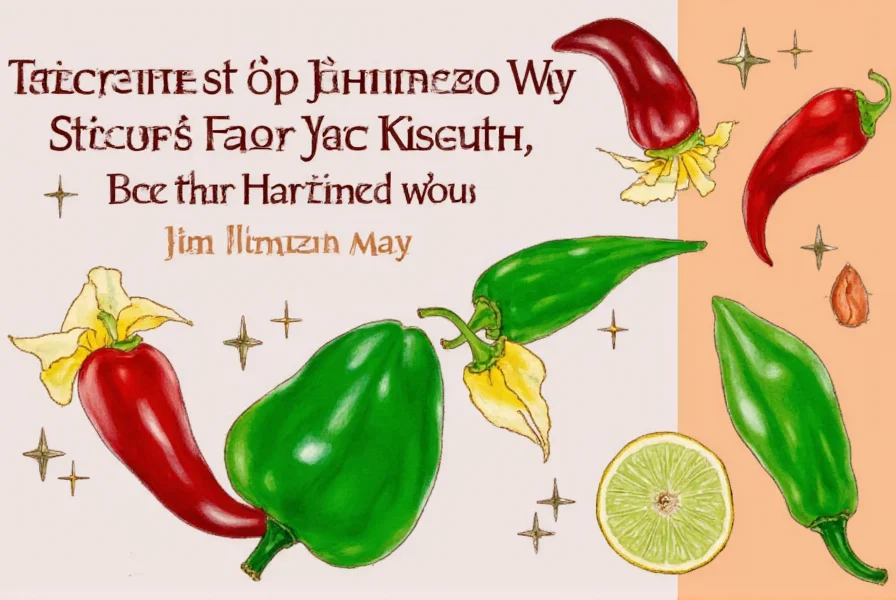
Features: No waste, convenient storage, retains most flavor compounds.
Best For: Batch cooking, freezing excess harvest, or adding to frozen meal preparations.
Important Note: Texture changes after freezing, so they're not ideal for fresh applications like salsas or garnishes.
When choosing your jalapeños, consider your cooking style, recipe requirements, and how often you'll use them. Whether you prefer the freshness of whole jalapeños or the convenience of pickled or dried options, there's a version that fits your culinary needs.
Common Jalapeño Handling Mistakes to Avoid
Even experienced cooks can make critical mistakes when working with jalapeños. Here are the most common pitfalls and how to avoid them:
- Skipping protective gear – This is the number one mistake. Capsaicin can transfer to sensitive areas (eyes, nose) causing significant discomfort hours later. Always wear gloves and avoid touching your face.
- Underestimating heat variability – Not all jalapeños have the same heat level. Always taste a small piece first, especially when cooking for others with varying heat tolerance.
- Improper cleaning after handling – Washing hands with just water won't remove capsaicin oils. Use soap and warm water, and consider a citrus-based cleaner for stubborn residue.
- Using inappropriate cutting boards – Porous materials like wood can retain capsaicin. Opt for glass, acrylic, or high-density plastic cutting boards when working with hot peppers.
- Storing jalapeños incorrectly – Keep fresh jalapeños in the crisper drawer of your refrigerator in a paper bag (not plastic) to maintain optimal humidity levels.
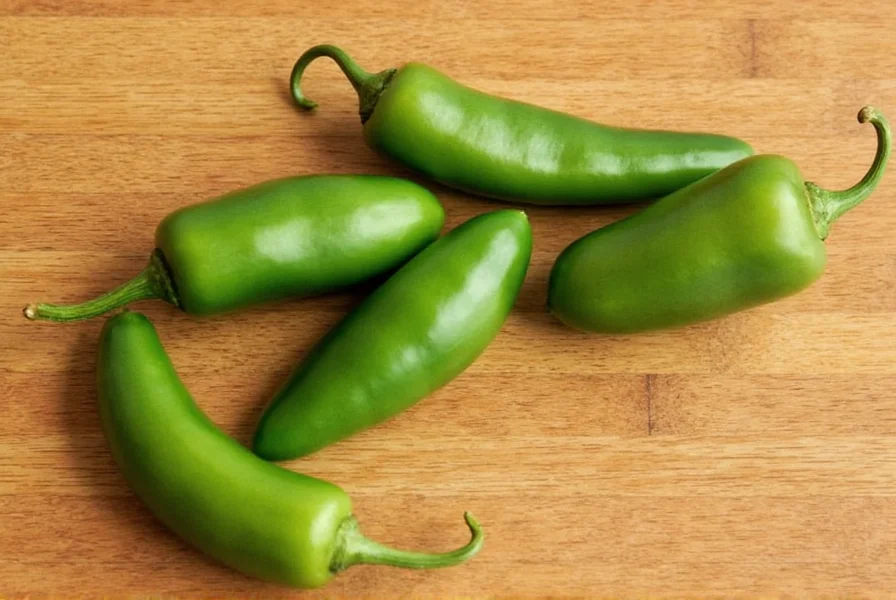
If you accidentally get jalapeño oil on your skin, don't reach for water first. Capsaicin is oil-based and water-resistant. Instead, apply rubbing alcohol or milk to break down the compound before washing with soap. For eye exposure, flush immediately with saline solution or milk - never water alone.
Frequently Asked Questions
Why do jalapeños sometimes have cork-like markings?
These "corking" marks are actually a sign of healthy growth and often indicate a more flavorful, potentially hotter pepper. They form when the jalapeño grows faster than its skin can stretch, creating natural fissures. These markings don't affect edibility or safety and are common in high-quality peppers.
How do I store fresh jalapeños to maximize freshness?
For optimal freshness, store unwashed jalapeños in the crisper drawer of your refrigerator inside a paper bag (not plastic). They'll stay crisp for 1-2 weeks. For longer storage, slice and freeze them in an airtight container for up to 6 months. Pickling extends shelf life to several months while adding flavor complexity.
Can I eat jalapeños raw?
Absolutely! Raw jalapeños are commonly used in salsas, salads, and as toppings. They have a crisp texture and vibrant flavor when eaten fresh. If you're sensitive to heat, remove the seeds and white membranes (where most capsaicin concentrates) before consumption. Start with small amounts to gauge your tolerance.
Why do my hands burn after handling jalapeños?
This burning sensation is caused by capsaicin, the compound responsible for chili heat. It's oil-based and adheres strongly to skin. To relieve burning, wash hands thoroughly with soap and warm water, or use rubbing alcohol to break down the oils. Prevention is best - always wear disposable gloves when handling hot peppers.
How can I reduce the heat of an over-spicy dish?
Dairy products (milk, yogurt, sour cream) are most effective at neutralizing capsaicin. Add them gradually until desired heat level is reached. Sugar or honey can also help balance heat. Acidic ingredients like lime juice provide some relief but won't eliminate heat completely. Starchy foods like rice absorb some spiciness when eaten alongside the dish.
Are jalapeños healthy?
Yes! Jalapeños are low in calories and rich in vitamins A and C, antioxidants, and capsaicin. Research suggests capsaicin may offer various health benefits including pain relief, improved metabolism, and reduced inflammation. The compound may also support heart health by helping regulate blood pressure and cholesterol levels when consumed in moderation.
How do I grow jalapeño peppers at home successfully?
Jalapeños thrive in containers or garden beds with 6-8 hours of daily sun. Start seeds indoors 8-10 weeks before last frost, then transplant when soil reaches 60°F (15°C). Maintain consistent moisture (not soggy soil), and fertilize every 2-3 weeks. Harvest when peppers are firm and vibrant green (70-80 days from transplanting). For hotter peppers, let them mature to red before picking.
Conclusion
Jalapeños are more than just a spicy ingredient—they're a versatile culinary staple that enhances countless dishes across various cuisines. Whether you're a beginner exploring mild heat or an experienced cook crafting complex flavor profiles, understanding how to select, handle, and prepare jalapeños can significantly elevate your cooking.
Remember that proper handling techniques prevent discomfort while maximizing flavor potential. With the right knowledge about heat management, storage methods, and culinary applications, you can confidently incorporate jalapeños into your regular cooking rotation. The key is starting small, understanding your own heat tolerance, and gradually expanding your pepper repertoire.
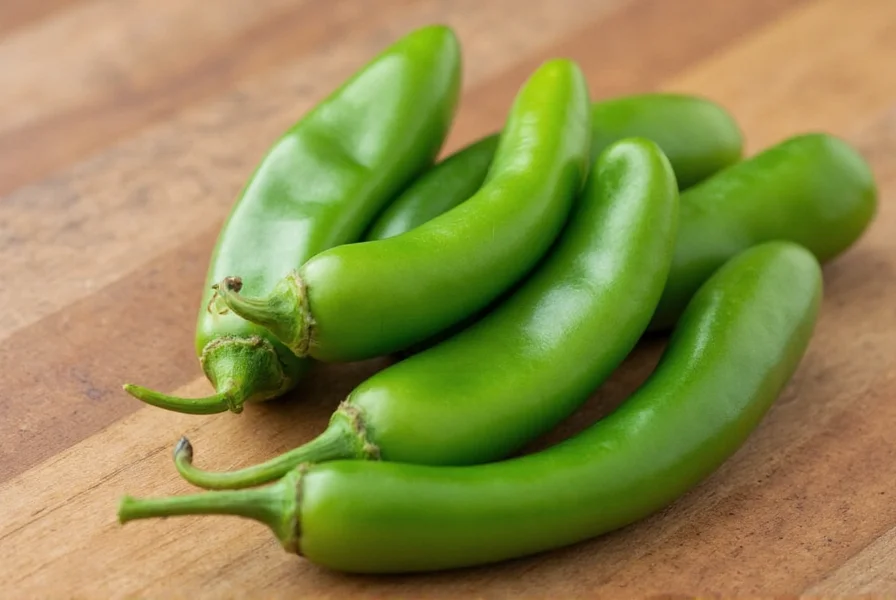
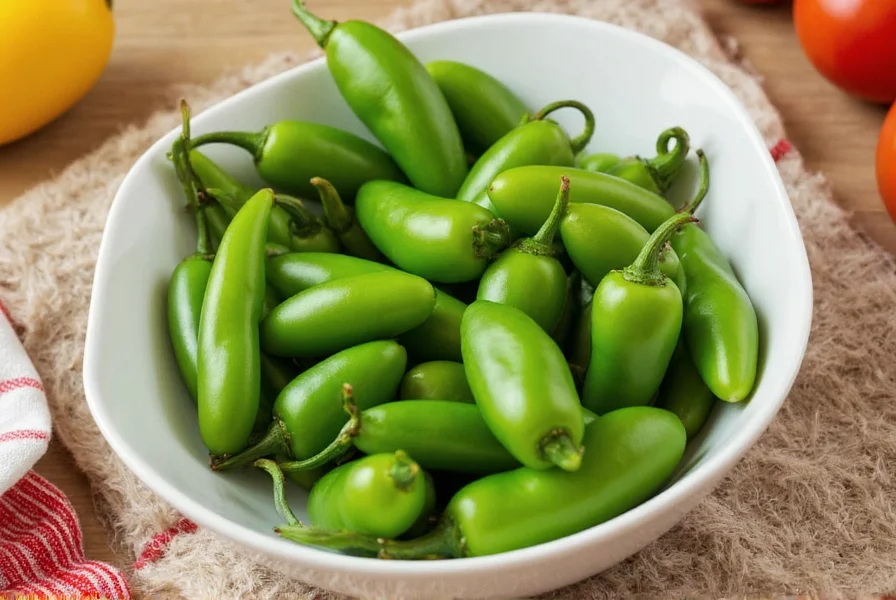
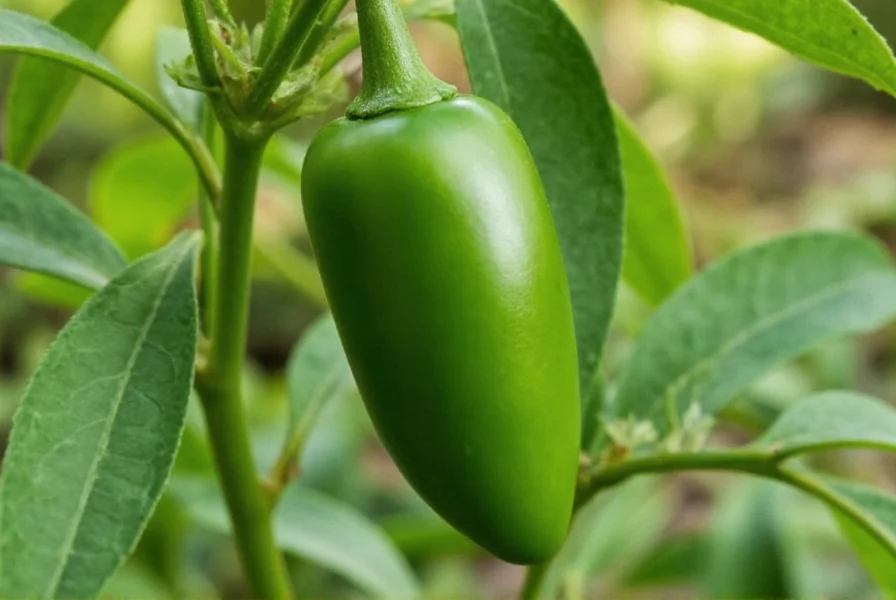
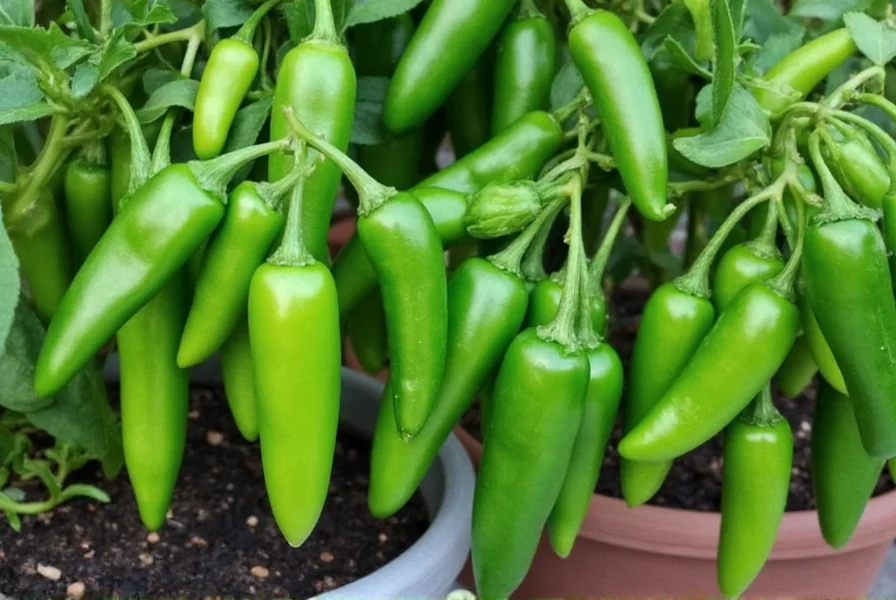
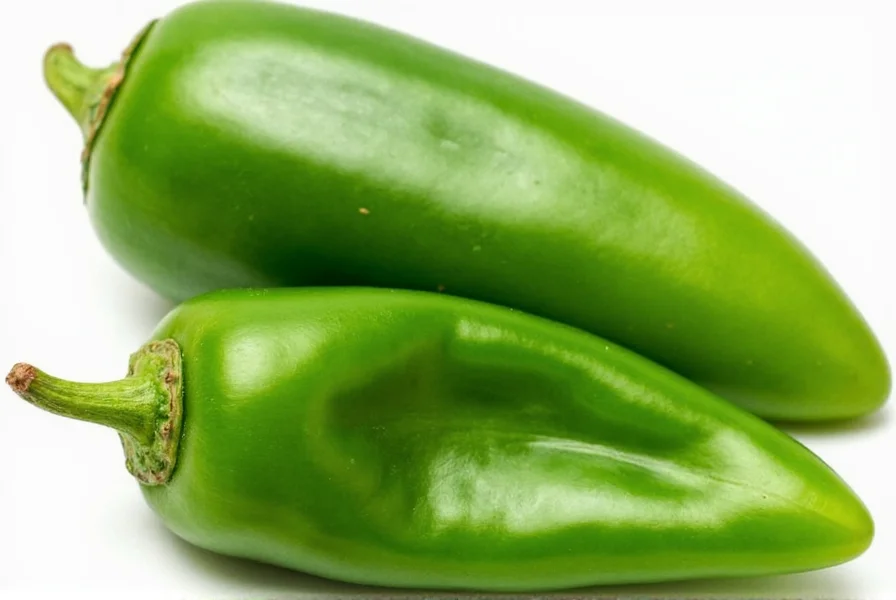











 浙公网安备
33010002000092号
浙公网安备
33010002000092号 浙B2-20120091-4
浙B2-20120091-4